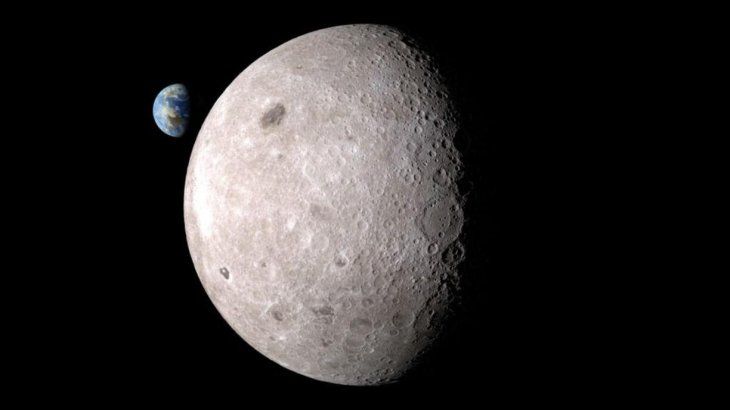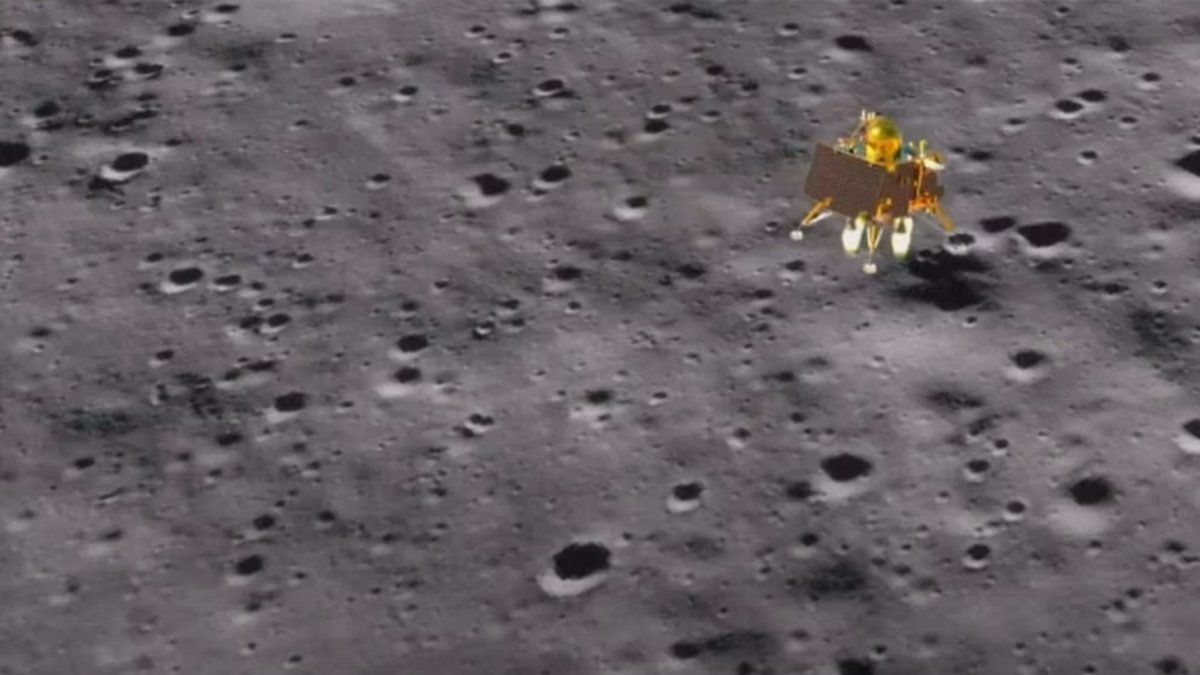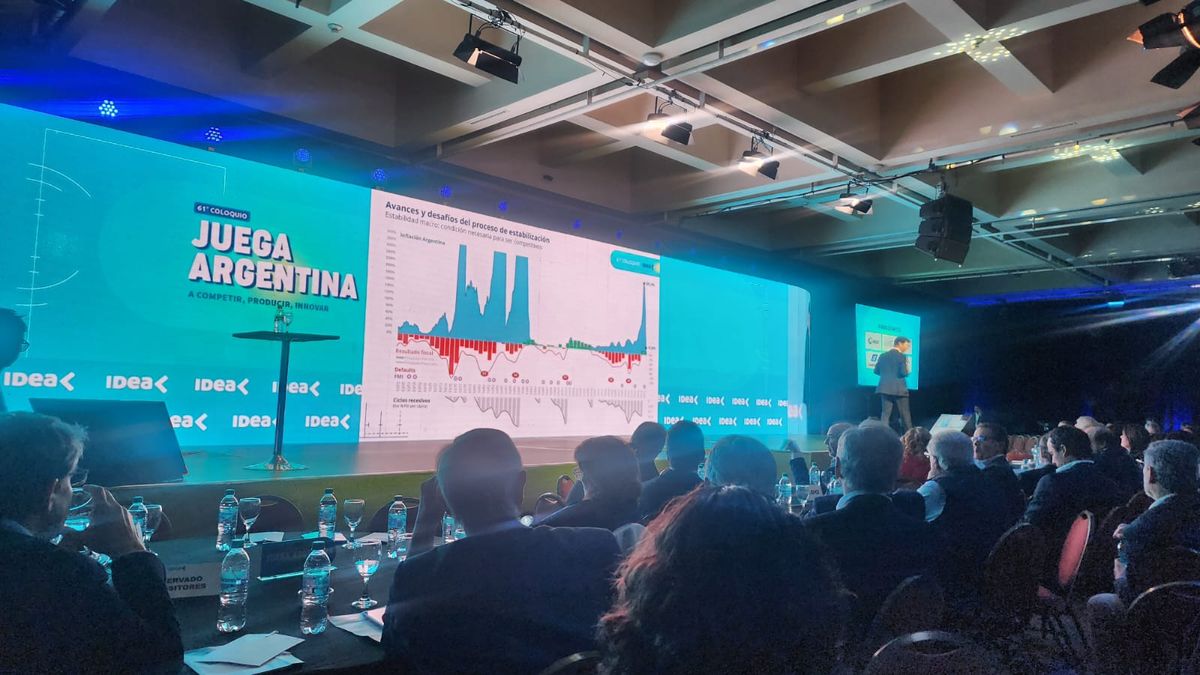The Indian mission had the objective of exploring a sector that had never been reached before, where its water ice is found, with the Pragyan robot, but it found other unexpected material.
In a historic achievement, India became the fourth nation to land on the moon and the first to place a spacecraft near the south pole of the Moon. He explorer robotpart of the mission Chandrayaan-3was looking for water but confirmed the presence of sulfur in this little-explored region, as announced by the Indian Space Research Organization (ISRO).
The content you want to access is exclusive to subscribers.
the instrument of Laser Induced Decomposition Spectroscopy (LIBS)who travels aboard the Pragyan robot (which means “wisdom” in Sanskrit), carried out the first measurement of the composition of the elements on the lunar surface near the south pole. These measurements confirm the presence of sulfura discovery that was not possible to make with the instruments on board the orbiters, ISRO said in a statement.


In addition to sulfur, spectrographic analysis revealed the existence of aluminum, calcium, iron, chromium and titanium on the lunar surface. Other measurements also indicated the presence of manganese, silicon and oxygen.
moon dark side.jpg

Chandrayaan-3 mission objective on the “dark side of the Moon”
He Pragyan robotpowered by solar energy and equipped with six wheels, is programmed for explore this area thoroughly poorly mapped natural satellite of the Earthfor transmit images and scientific data during the next two weeks.
The Chandrayaan-3 Mission, Capturing public attention since its launch nearly six weeks ago, it was a milestone for the Indian space agency. Although he failed with a lunar mission four years ago, Chandrayaan-3 finally succeeded in landing on the moon last week, shortly after a Russian ship crash in the same area.
This task, with budget of $74.6 millionwas praised for its cost-efficiency: experts say India managed keep costs down to the fit and leverage existing space technology and by having an abundance of highly trained engineers who work for lower wages than in other nations.
Source: Ambito




